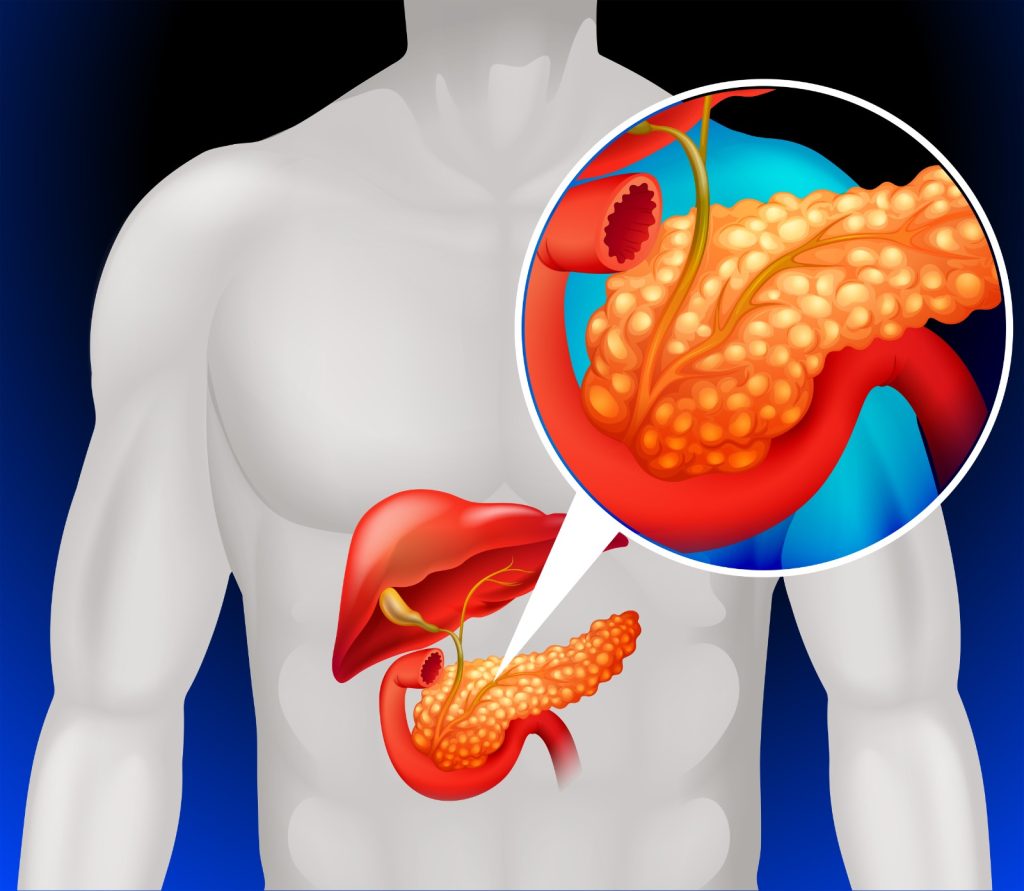Understanding Pancreatic Cancer
The pancreas is a large gland located in the abdomen surrounded by the stomach, liver and spleen. The pancreas has two main functions, an exocrine function, which helps the body digest food and absorb nutrients, and an endocrine function, which helps control blood sugar levels.
Pancreatic cancer occurs when malignant tumors develop in the pancreas. Exocrine tumors account for 95% of pancreatic cancer cases. Approximately 65% of exocrine tumors form in the head of the pancreas. A further 20% occur in either the body or tail, with the remaining cases affecting the entire pancreas.
But how does a doctor know that a patient has pancreatic cancer?
Unfortunately, pancreatic cancer can be difficult to diagnose in its early stages as the symptoms can often be similar to other, much less serious stomach issues. The key to early detection is to know what the symptoms and risk factors are for the disease. Patients affected by pancreatic cancer may experience abdominal or midback pain, loss of appetite, nausea, weight loss, jaundice, diarrhea, constipation and a recent type 2 diabetes.

If a doctor suspects pancreatic cancer, they will refer the patient for further investigation and diagnosis. Imaging tests including CT, MRI and PET CT scans may be used to investigate the cancer. Specialists may need to take a closer look at the pancreas or take a biopsy sample. They will use an endoscopic or laparoscopic procedure to establish the extent of the cancer. If pancreatic cancer is detected, a doctor will provide details on the stage and grade of the cancer.
The staging system is used to describe the size of the tumor, whether it is spread to lymph nodes and whether it is spread to other parts of the body, which is known as metastasis. Along with this, specialists will examine the cancer tissue to provide a grade of one to three. The higher the number of the grade, the more likely the cancer will grow quickly. Then a referral should be made to a pancreatic Cancer specialist center to develop an individualized treatment and care plan. This can include surgery to remove tumors found in the early stages, surgery to relieve symptoms if a tumor is inoperable, chemotherapy, radiotherapy, diet and nutrition plans, pain management, palliative care, and psychological support.


